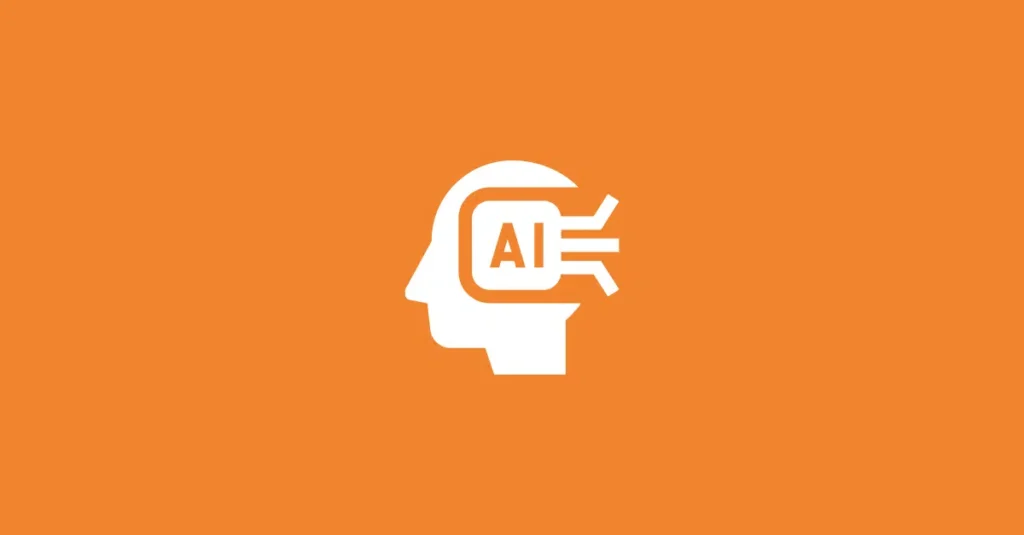Personalization is a must for effective marketing campaigns. We talked to Tim Cakir, CEO of TaskDrive, on the latest episode of the Hot Pursuit Podcast. TaskDrive is a company that pairs businesses with AI-powered human virtual assistants. We discussed the use of generative AI for personalization in marketing campaigns.
Tim explained how generative AI can be used on both manual and automated levels to personalize messages and content. Tim also shared insights on using the OpenAI platform and connecting APIs with ChatGPT.
How TaskDrive Leverages AI
TaskDrive is at the forefront of leveraging artificial intelligence to delegate repetitive tasks, enabling businesses to focus on more important things. The heart of our discussion centered around a pivotal question: How can generative AI, like GPT-4, transform personalization in our marketing campaigns?
We’ve all been subjected to personalization efforts that get it wrong. The wrong name, the wrong school, mentioning a connection we don’t actually know. Besides being annoying, it will have the opposite result of what we intended. It makes our campaigns seem even less personal than if we hadn’t tried to personalize them in the first place.
Tim shared invaluable insights into the blend of manual and automated processes in achieving personalization at scale. From extracting facts about a potential lead to enriching databases with the latest social media posts or interests, the possibilities are vast. What struck me most was the underlying theme of using available online data ethically and creatively to craft messages that resonate on a personal level.
Read Next: How to Unlock the Power of Personalization in Your Email Marketing
Meaningful Personalization
One key takeaway was the differentiation between surface-level personalization, such as mentioning mutual LinkedIn connections, and deep, meaningful personalization that taps into individual interests or recent activities. Tim emphasized the importance of moving beyond generic messaging to create interactions that feel personal and relevant.
Moreover, the conversation delved into the technical side of things, exploring how the integration of APIs with AI assistants can automate and personalize marketing campaigns like never before. The real-world examples shared by Tim painted a vivid picture of the future of marketing—where personalized banners and emails become not just possible but scalable.
Read Next: How to Personalize Your Marketing Campaigns with Visitor Identification
Maintain the Human Element
Tim also touched on an important aspect of modern marketing—maintaining the human element. Despite the incredible capabilities of AI, the value of human interaction in the marketing process remains unparalleled. This balance between leveraging AI for efficiency and personalization is crucial.
The Future of Personalization
The future of marketing lies in the ability to blend technology with empathy and insight. To stay ahead of the curve, embracing AI is no longer an option but a necessity. There are plenty of new avenues for exploration and innovation, and it will be exciting to see where we go from here.
Read Next: 29 Nifty Graphs That Show the Latest Marketing Personalization Statistics
